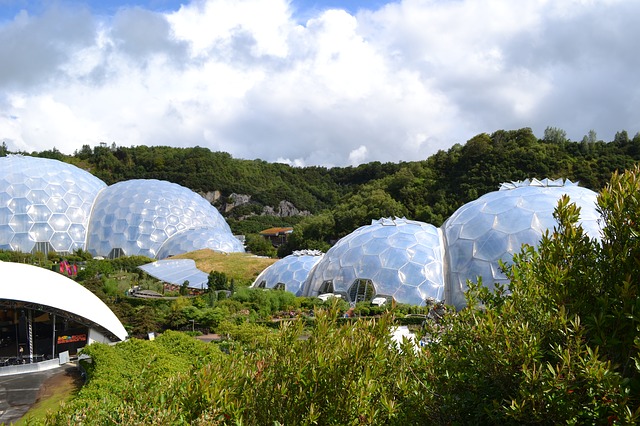Years ago, I was in a novelty shop in San Diego and saw a joke book for civil engineers titled “1,001 Ways to ‘Pave’ the Earth.” It was, of course, a spoof on Joanna Yarrow’s book “1,001 Ways to Save the Earth.” At the time, I thought the title was funny, but I was also a bit bothered by the fact that many people saw our profession in that way; enough of them to create a joke publication based on that assumption. However, I also knew that we civil engineers have traditionally worked on changing the natural environment into the built environment, which is not to say that it is all a negative. Infrastructure, roads, sanitary sewer treatment, potable water, etc., have contributed to human living better and longer. The word “civil” itself implies the execution of work that serves the general public.
Still today, civil engineers design roadway projects, which are constructed with both asphalt and Portland concrete cement (AC and PCC), as well as the associated hardscape components, such as curbs, gutters, and sidewalks; and we try to drain stormwater runoff as quickly as possible from the surface, pipe it and transport it to the nearest body of water. However, there has been a shift towards designing and constructing more sustainably in recent decades. In other words, we are now trying to find ways to not just “pave the Earth” but rather work with the Earth and adhere more closely to the conditions of the natural environment. For example, using the permeable or “porous” pavement, specifying plantable pavers for parking lots and driveways, and constructing rain gardens, which capture and filter the stormwater runoff into the groundwater; thereby reducing the amount of stormwater that requires treatment while at the same time utilizing this resource to irrigate the plants in the rain garden.
What is impressive about the new aforementioned civil design guidelines, available resources, and shift in priorities is that they have occurred relatively quickly and in the last couple of decades, which is in contrast to the many other decades when little in the profession changed and we did focus more on simply covering the ground with impermeable materials. Therefore, one must ask oneself what is coming next? Which construction materials will be available to us? But rather than wait to see what materials or standards will come next, we can also be resourceful and innovative and actively pursue opportunities to be more sustainable. As engineers and consultants, we hold and can provide the creativity and innovation to be more proactive and dictate which materials can be used when preparing the project plans and specifications.
As our name implies, Sustainable Civil Engineering is dedicated to providing consulting services that mitigate negative impacts on the natural environment and help prepare a built environment that benefits our communities and the future ones to come. Currently, we are working on converting the 400 Block of Ogden Avenue, in San Francisco, into a community garden and park. Therefore, if you are interested in greening your communities, please give us a call to see how we can work together.

